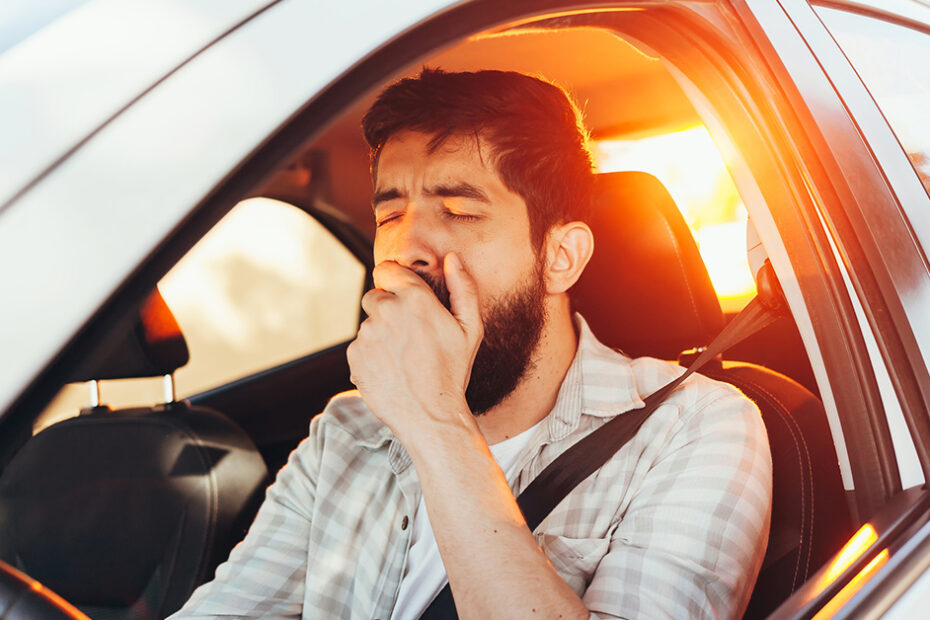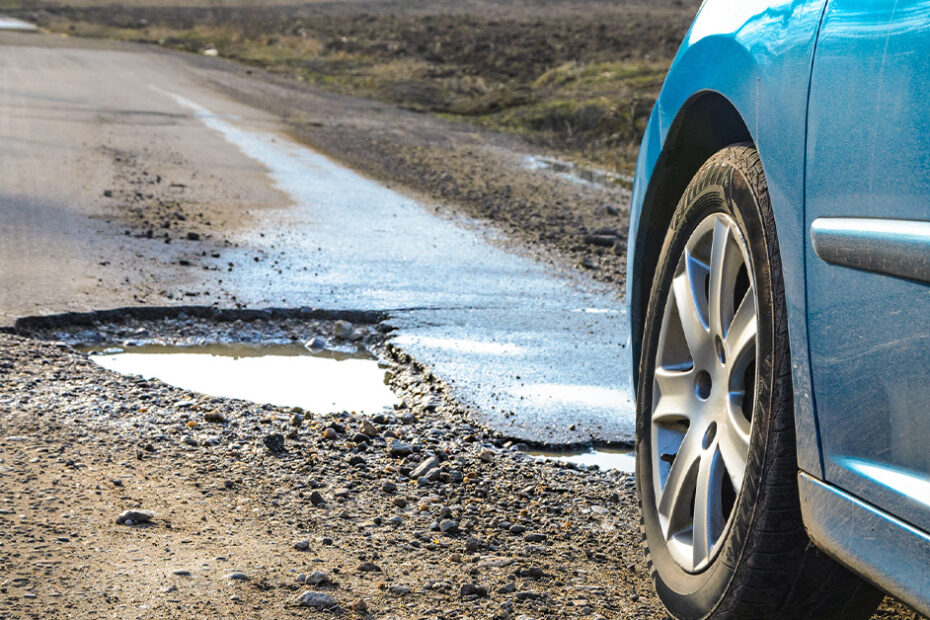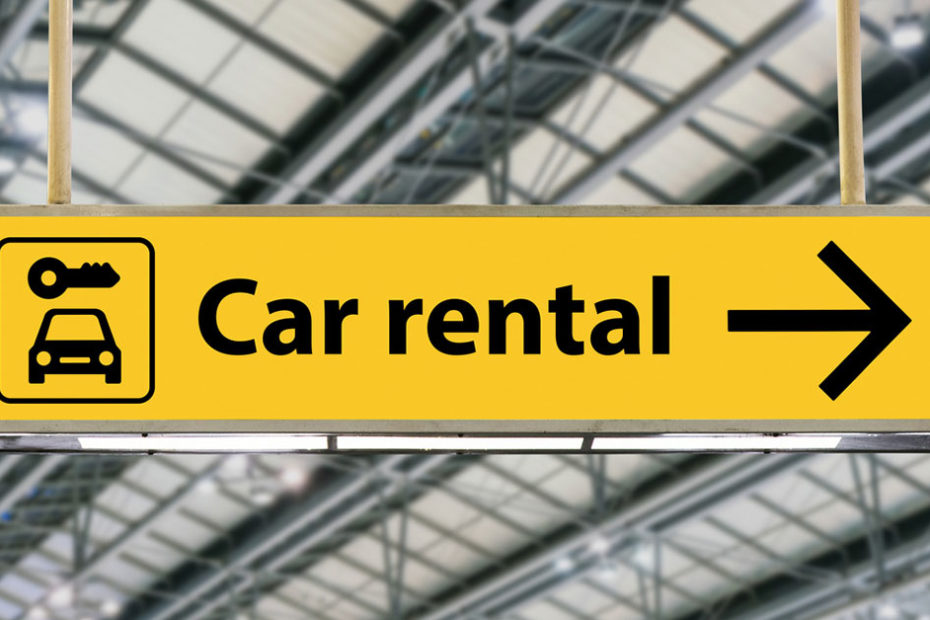You hit the road, but after a while, the lanes get a little blurry, and you feel like you’ve developed tunnel vision. Long-distance driving fatigue can tire your mind and cause other signs of exhaustion, including severe headaches and even back and muscle spasms.
When you’re tired and can’t concentrate, your brain starts to make mistakes, and you’re at risk of causing a road accident. Don’t risk your safety and that of other drivers. Here are the best ways to avoid the dangers of driving fatigue on a long-distance drive.
What Is Long-Distance Driving Fatigue?
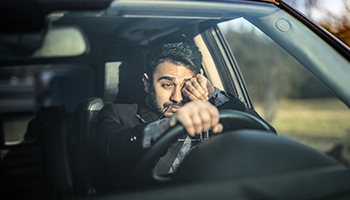
Driving long distances requires the driver to pay attention to many different variables. You must monitor vehicle speed, other vehicles, passing distance, vehicle temperature, and road obstructions. Naturally, your brain and body become tired, and you can begin to experience muscle cramps, brain fog, and a decreased response time.
Because your brain is so involved in processing information and making micro corrections to steering and brake pedal control, you are in a state of tension. Your body tightens, and each bump in the road causes muscles to flex. Ultimately, these add up to driver fatigue.
Driver exhaustion is one factor that contributes to distracted driving. Road accidents caused by distracted drivers account for 8%-9% of all road fatalities annually, which illustrates just how badly an exhausted moment can change someone’s life.
How Often Should You Rest When Driving to Avoid Driving Fatigue?
Dangerous highways like Interstate 45 through Texas claim many lives yearly because of driver distraction and fatigue. Drivers should rest routinely on long drives, aiming for a 15-minute rest every two hours and a 45-minute break every 4.5 hours. During a break, you should take the following steps to resume your journey feeling refreshed:
1. Hydrate for Brain Health
Drinking plenty of water is essential for mental clarity. When your brain is in overdrive, you have to hydrate it optimally. Mild dehydration caused by not drinking enough water or only drinking coffee — which causes dehydration — can contribute to a loss of concentration.
2. Close Your Eyes
Long-distance driving causes eye strain, contributing to symptoms such as blurry vision and headaches, making it challenging to keep your eyes open. After safely parking your car, you should take some time to close your eyes. Apply a cooling towel or use eyedrops to hydrate your eyes.
3. Stretch Your Muscles
Sitting in one position for hours while driving takes a physical toll. Stretching your back, legs, and arms to stimulate circulation and eliminate sore spots is essential.
Find some level ground at the rest stop to stretch into A-frame stretches before performing a few forward lunges. For maximum benefit, do three sets of five varied stretches at each stop.
4. Don’t Forget to Eat
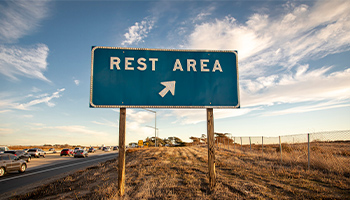
While getting hungry is not unusual on the road, you should eat regularly. Avoid excessively sugary sweets, as the resulting sugar crash can drop your blood sugar and cause you to feel drowsy. Likewise, avoid eating large meals during a short stop, as a full stomach also causes drowsiness like a Sunday lunch does.
If it’s a shorter stop, eat healthier snack options like a protein bar, fruit, or beef jerky. Drink enough water if you eat salty food, which can further dehydrate you. For longer 45-minute stops, you can plan a full meal, followed by a NASA-approved 20-minute power nap to ensure you feel refreshed and can get back on the road at peak strength.
5. Contact Family or Friends
Making hand-held calls and texting while driving is illegal in many states. You may end up speeding while you try to text a loved one, which can result in a significant speeding ticket. Reckless driving and speeding usually merit a ticket, which can potentially cause your vehicle insurance premiums to spike up to 20% due to your increased risk profile.
Take a few minutes before resuming your journey to contact family or friends. It’s best to call, as texting may prompt them to text back, and you could only receive the text on the road again, which tempts you toward distracted driving. Alternatively, place your phone out of reach in your vehicle when you drive so you can’t text them back.
Beat the Driving Downers
Plan your trip to include regular rest stops to hydrate, stretch, eat, and contact loved ones to ensure you don’t feel exhausted while driving. Feeling tired behind the wheel can cause accidents and negatively affect lives. Be a responsible driver and take steps to self-care on the road.
Authorship bio: Jack Shaw, the senior Cars editor of Modded, is an accomplished automotive writer with a flair for adventure and a passion for vehicular innovation. Having written for notable sites such as the National Motorists Association, Ford Muscle, Offroad Xtreme, and more, his articles are a testament to his knowledge and love for the automotive industry.
The information in this article is obtained from various sources and offered for educational purposes only. Furthermore, it should not replace the advice of a qualified professional. The definitions, terms, and coverage in a given policy may be different than those suggested here. No warranty or appropriateness for a specific purpose is expressed or implied. The opinions expressed by guest bloggers are theirs alone and do not reflect the opinions of AIS Management LLC, any subsidiary or affiliate of the same, or any employee thereof. We are not responsible for the accuracy of any of the information supplied by the guest bloggers.
